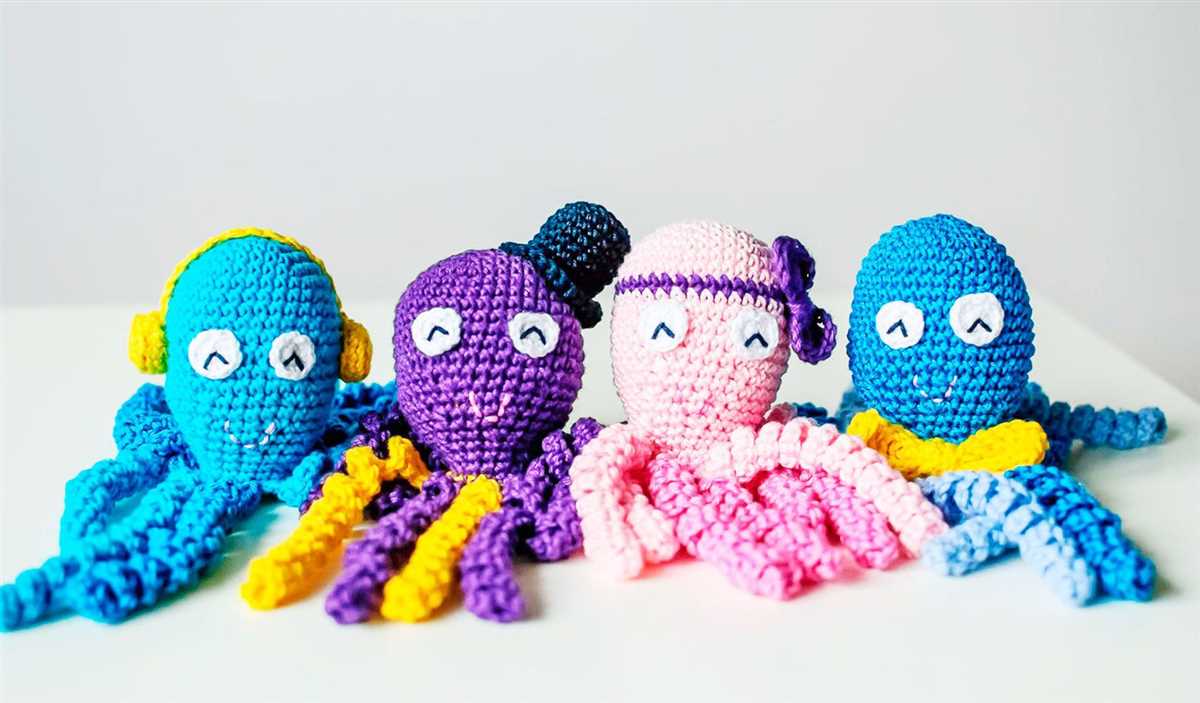
When a baby is born prematurely, they often require special care and attention due to their delicate health. One way to provide comfort and love for these tiny fighters is through hand-knitted items made specifically for them. Nicu (Neonatal Intensive Care Unit) knitting patterns have become increasingly popular among crafters who want to contribute to the well-being of premature babies and their families.
Nicu knitting patterns are designed with the unique needs of premature babies in mind. These patterns often call for softer and thinner yarns that are gentle on delicate skin. Additionally, the patterns may include features such as adjustable openings and strategic button placements to accommodate medical procedures and equipment necessary for their care.
Knitting for Nicu babies not only provides warmth and comfort, but it also offers a sense of love and support to the families experiencing the challenging journey of having a premature baby. Seeing their little ones wearing handmade items gives parents a glimmer of hope and reminds them that they are not alone in this difficult time.
Why knitting is beneficial for NICU babies
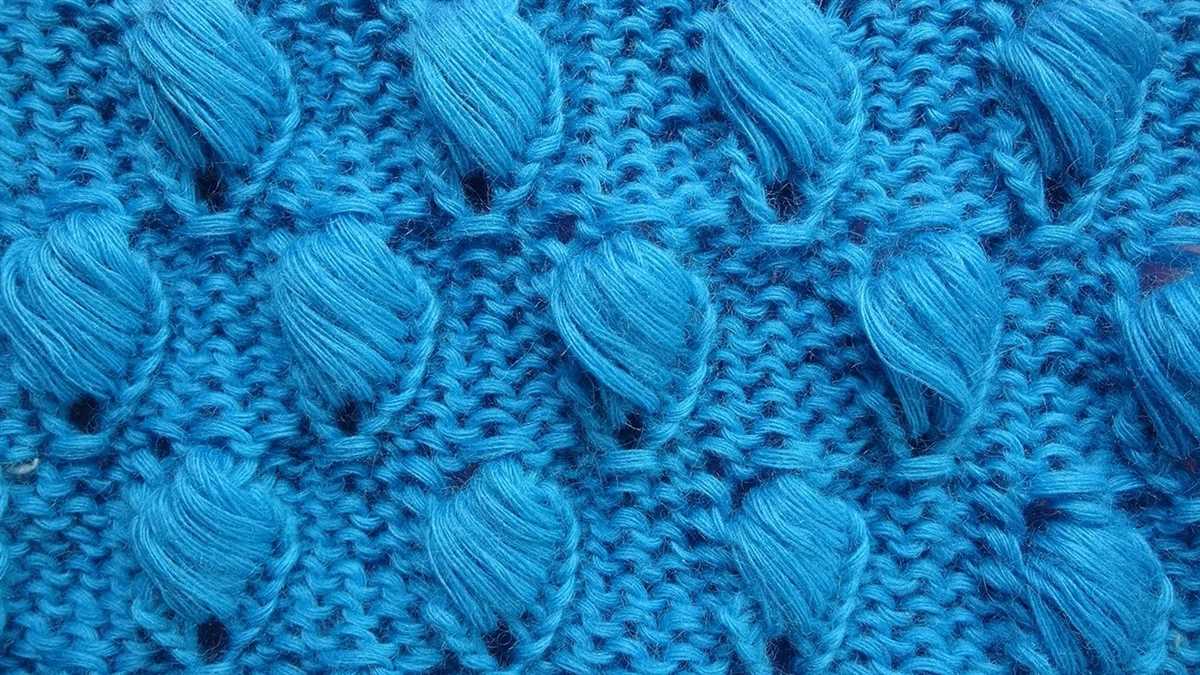
Knitting can provide numerous benefits for babies in the Neonatal Intensive Care Unit (NICU).
Firstly, knitting helps to regulate a premature baby’s body temperature. Premature babies have underdeveloped central nervous systems, which can make it difficult for them to maintain a stable body temperature. Knitted clothing and blankets can provide an extra layer of warmth and insulation, helping to keep these delicate babies comfortable and protected.
Secondly, knitting can offer sensory stimulation for NICU babies. The gentle texture of knitted items can provide a tactile experience for babies, allowing them to explore different sensations. This can be especially important for premature babies who may have limited opportunities to interact with their environment during their early days or weeks in the NICU.
In addition to physical benefits, knitting can also have emotional benefits for both the babies and their families. The act of knitting can be a therapeutic activity for parents, helping them to feel more connected to their baby and providing a sense of purpose during a challenging time. Seeing their baby wearing a knitted item can also be a source of comfort and joy, bringing a sense of normalcy to their NICU experience.
Furthermore, knitted items can serve as a valuable bonding tool between parents and their NICU baby. The process of knitting a garment or blanket provides an opportunity for parents to pour their love and care into creating something special for their little one. When the baby wears or uses the knitted item, it can serve as a tangible reminder of the parents’ love and dedication, strengthening the bond between parent and child.
- Knitting can help regulate a premature baby’s body temperature.
- Knitted items offer sensory stimulation for NICU babies.
- Knitting can be a therapeutic activity for parents.
- Knitted items can bring a sense of comfort and joy to families.
- Knitted items can serve as a bonding tool between parents and their NICU baby.
Choosing the right yarn for NICU knitting
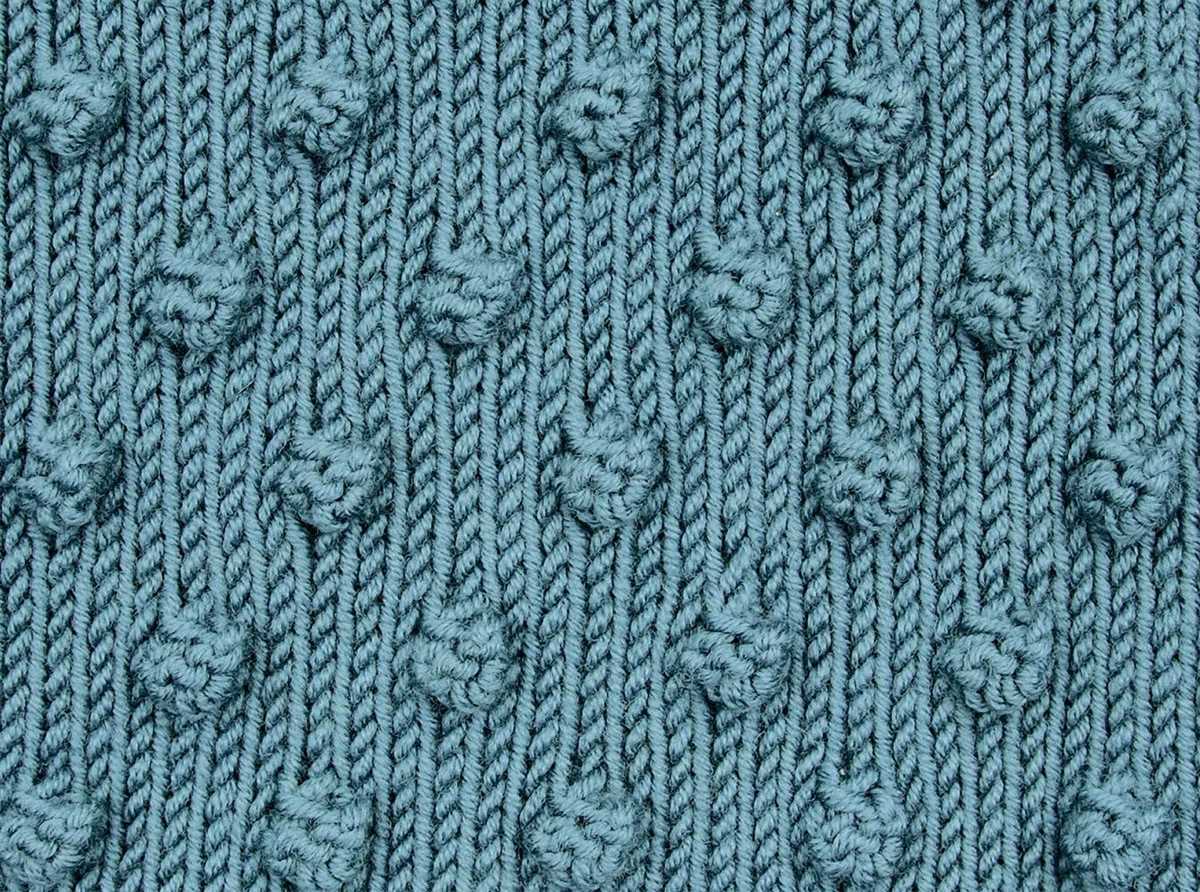
When it comes to knitting for the neonatal intensive care unit (NICU), it’s important to choose the right yarn for the delicate needs of premature babies. Premature infants have sensitive skin and can be easily irritated, so selecting the appropriate yarn is crucial for their comfort and well-being.
Softness and gentleness: The first and most important factor to consider when choosing yarn for NICU knitting is the softness and gentleness of the yarn. Look for yarn that is made from natural fibers such as cotton or bamboo, as these materials are soft and gentle against the delicate skin of premature babies. Avoid yarn that is scratchy or contains synthetic fibers, as they can cause discomfort and irritation.
Size: Another important factor to consider is the size of the yarn. Opt for lightweight and thin yarns that are suitable for small and delicate projects. These finer yarns are easier to work with when creating intricate patterns and also provide a lightweight and breathable fabric for the babies.
- Hypoallergenic: To minimize the risk of allergic reactions, choose yarn that is labeled as hypoallergenic. This means that the yarn has undergone testing and is less likely to cause allergies or skin irritations.
- Ease of care: Consider the ease of care for the yarn. Babies in the NICU require frequent washing, so opt for yarn that is machine washable and preferably can be dried in a machine as well. This will make it easier for the parents to keep the knitted items clean and sanitized.
- Color and design: While the focus is on the practical aspects of choosing yarn for NICU knitting, it’s also worth considering the color and design of the yarn. Babies are often soothed by gentle colors and patterns, so choose yarn that has a calming and comforting appearance.
Remember, knitting for NICU babies is a special and thoughtful act of kindness. By choosing the right yarn, you can create beautiful and soft garments that provide comfort to these tiny fighters as they grow stronger in the NICU.
Basic knitting techniques for NICU patterns
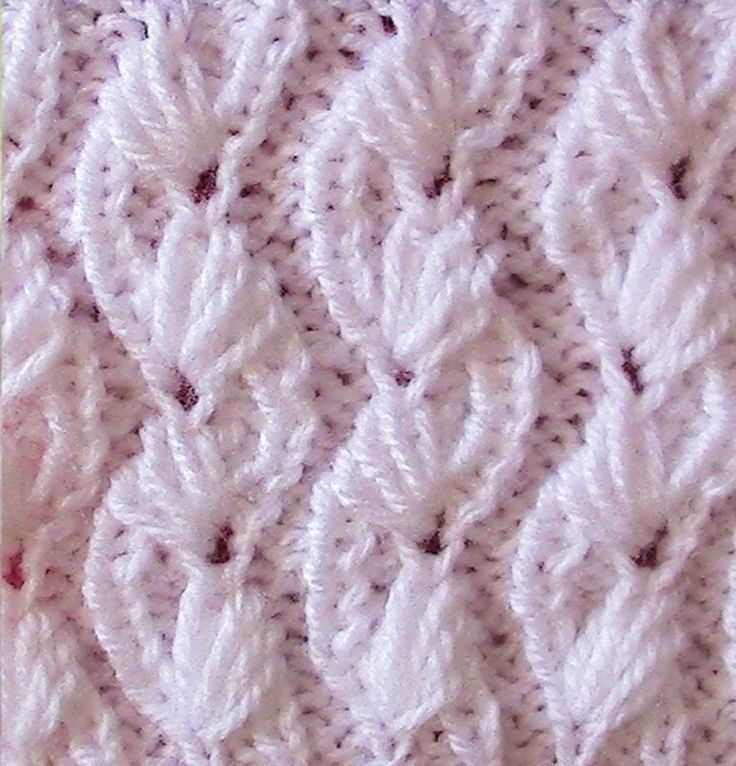
Knitting for premature babies in the neonatal intensive care unit (NICU) requires special care and attention. These tiny babies need delicate, soft, and warm garments that are specifically designed to fit their tiny bodies. Here are some basic knitting techniques to consider when making NICU patterns.
1. Using fine yarn: When knitting for NICU babies, it is important to use fine and soft yarns that are gentle against their sensitive skin. Opt for yarns labeled as “baby” or “fingering” weight, which are usually made from soft materials like cotton or bamboo.
2. Choosing appropriate needle size: To achieve the right gauge and create garments that will fit the delicate bodies of NICU babies, it is essential to choose the appropriate needle size. Use smaller needles, such as US 2 or US 3, to ensure a tight and secure knit.
3. Paying attention to stitch count: NICU patterns often require a precise stitch count to create the perfect fit. Before starting a project, carefully read the pattern instructions and make sure to count your stitches regularly to avoid any mistakes that may affect the sizing.
4. Incorporating stretchy ribbing: Ribbing is a great technique to add stretch and flexibility to NICU garments. It helps the clothes to snugly fit the baby’s body and allows for easy dressing and undressing. Consider using ribbing on cuffs, waistbands, and necklines.
5. Seamlessly finishing: Avoid any bulky seams or uncomfortable edges that could irritate the baby’s delicate skin. Opt for seamless knitting techniques, such as knitting in the round or using the mattress stitch to join pieces together, ensuring a smooth and comfortable finish.
6. Adding buttons or closures: When adding buttons or closures to NICU garments, make sure they are securely attached to avoid any choking hazards. Use small and lightweight buttons or consider using snaps or Velcro instead for easy and safe fastening.
By following these basic knitting techniques, you can create beautiful and comfortable garments for NICU babies. Always keep in mind their delicate size and sensitivity when choosing materials and patterns, and remember to prioritize their comfort and safety above all else.
Simple and Quick Knitting Patterns for NICU Babies
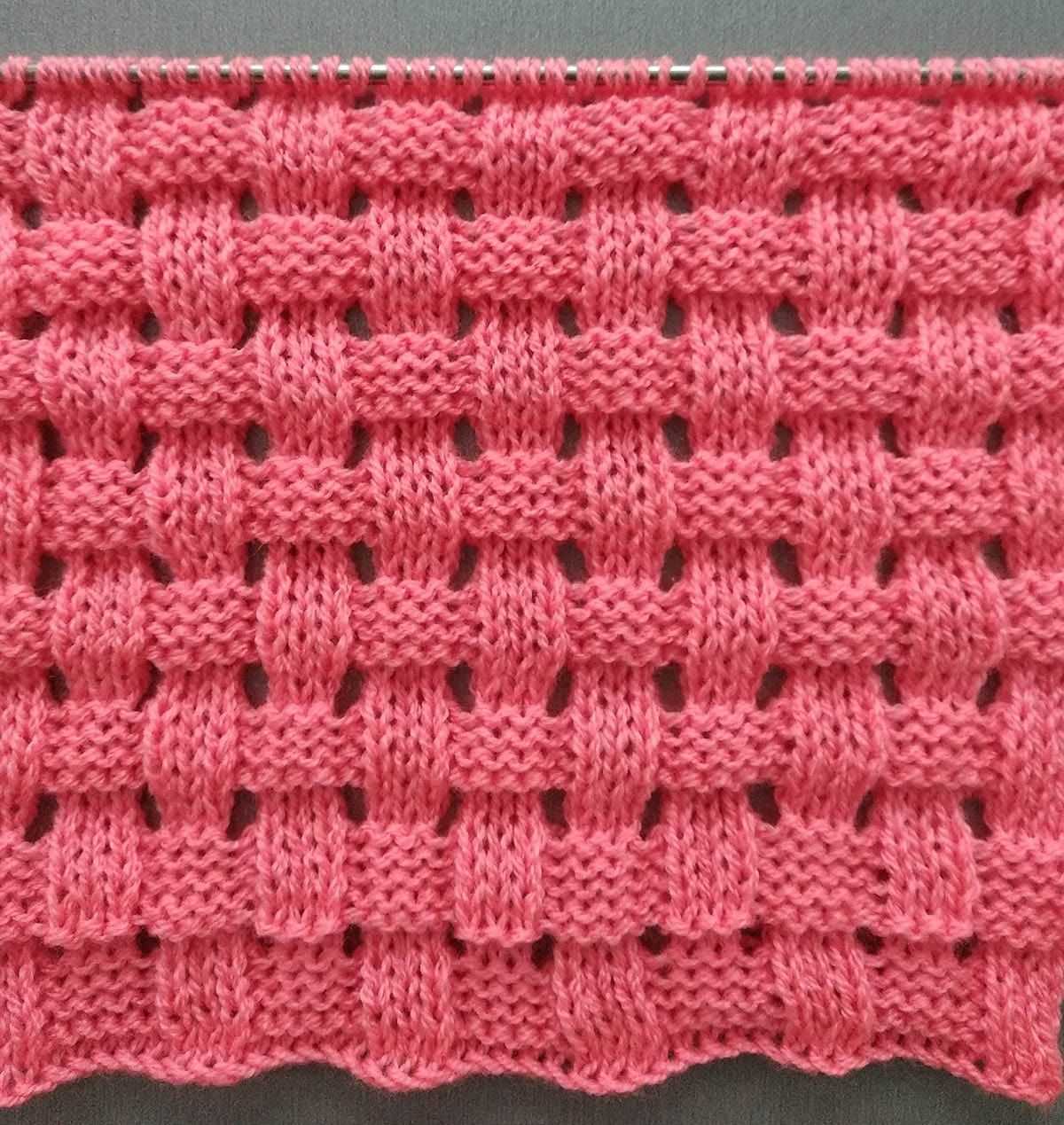
When it comes to knitting for NICU babies, simplicity and speed are key. These tiny infants require special care, and that includes the clothes and accessories they wear. Knitting for NICU babies can be a rewarding and meaningful experience, knowing that you are providing comfort and warmth to those in need.
1. Preemie Caps: Preemie caps are an essential item for NICU babies, as they help regulate their body temperature. Knitting a simple preemie cap can be done in just a few hours, and there are many free patterns available online. Using soft and breathable yarns, such as cotton or bamboo, will ensure the cap is comfortable for delicate newborn skin.
2. Booties: Keeping tiny feet warm is a priority in the NICU, and knitting a pair of booties is a quick and easy project. Choose a pattern that features a seamless construction, as seams can irritate sensitive skin. Opt for soft and stretchy yarns, such as merino wool or acrylic blends, to provide warmth and comfort.
3. Blankets: Blankets are another essential item for NICU babies, as they provide a cozy and comforting environment. Knitting a simple garter stitch blanket is a great option for beginners, as it only requires basic knitting skills. Using soft and hypoallergenic yarns, such as baby alpaca or cotton, will ensure the blanket is gentle on delicate skin.
4. Cardigans: Cardigans are versatile and practical garments for NICU babies. Look for patterns that have button or tie closures, as they make it easier to dress and undress the baby. Opt for lightweight and breathable yarns, such as bamboo or silk blends, to ensure the cardigan is comfortable to wear.
5. Hats: Hats are not only adorable but also serve an important purpose in keeping NICU babies warm. Choose a pattern that has a snug fit and covers the ears for added warmth. Using soft and stretchy yarns, such as merino wool or cashmere blends, will provide extra comfort and insulation.
Knitting for NICU babies requires attention to detail and consideration for their unique needs. By choosing simple and quick knitting patterns, you can create garments and accessories that are both practical and comforting for these tiny fighters.
Advanced Knitting Patterns for NICU Babies
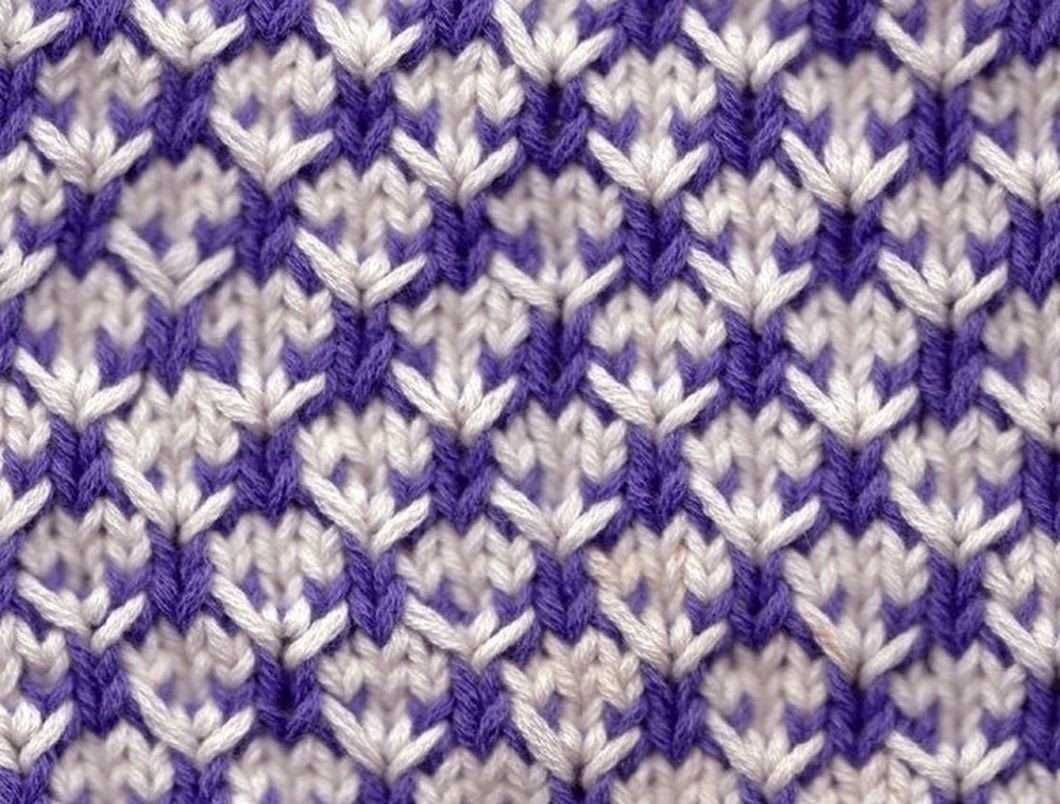
When it comes to knitting for NICU (neonatal intensive care unit) babies, it’s important to choose patterns that are not only practical but also safe and comfortable for the tiny little ones. While basic knitting patterns like hats and booties are widely available, advanced knitting patterns can provide even more benefits for premature or sick babies in the NICU.
1. Cardigans with Snaps or Buttons
Cardigans are a popular choice for NICU babies because they are easy to put on and take off, making it more convenient for medical staff to access the baby. Advanced knitting patterns for cardigans often include features like snaps or buttons, which make dressing the baby easier without disturbing any medical equipment or tubes.
2. Open-Work Blankets
Open-work blankets are designed with intricate patterns that create breathable, lightweight fabric. This allows for better air circulation and helps regulate the baby’s body temperature. Advanced knitting patterns for open-work blankets often incorporate lacy stitches or eyelet patterns, creating a beautiful and functional piece.
3. Gastrostomy Tube Covers
For NICU babies who require a gastrostomy tube for feeding, knitting a cover can provide an extra layer of protection and comfort. Advanced knitting patterns for gastrostomy tube covers often include button or snap closures for easy removal and cleaning. These covers can also be personalized with cute designs or colors to help brighten up the baby’s surroundings.
4. Incubator Covers
Incubator covers help create a cozy and warm environment for NICU babies, shielding them from bright lights and noise. Advanced knitting patterns for incubator covers often include features like a peek-a-boo window or adjustable flaps for easy access to the baby. These covers can be made with soft and hypoallergenic yarn to provide the utmost comfort for the baby.
5. Preemie Sweaters with Side Snaps
Preemie sweaters with side snaps are specifically designed for NICU babies who may have medical equipment, such as heart monitors or IV lines, attached to their chest or arm. These advanced knitting patterns feature side snaps that allow the sweater to open completely, making it easier for medical staff to check and care for the baby. The snaps also eliminate the need for pulling the sweater over the baby’s head, reducing any discomfort or disturbance.
By using advanced knitting patterns for NICU babies, you can create items that not only meet the unique needs of these tiny individuals but also provide them with comfort and style during their stay in the NICU.
Tips for knitting in the NICU environment
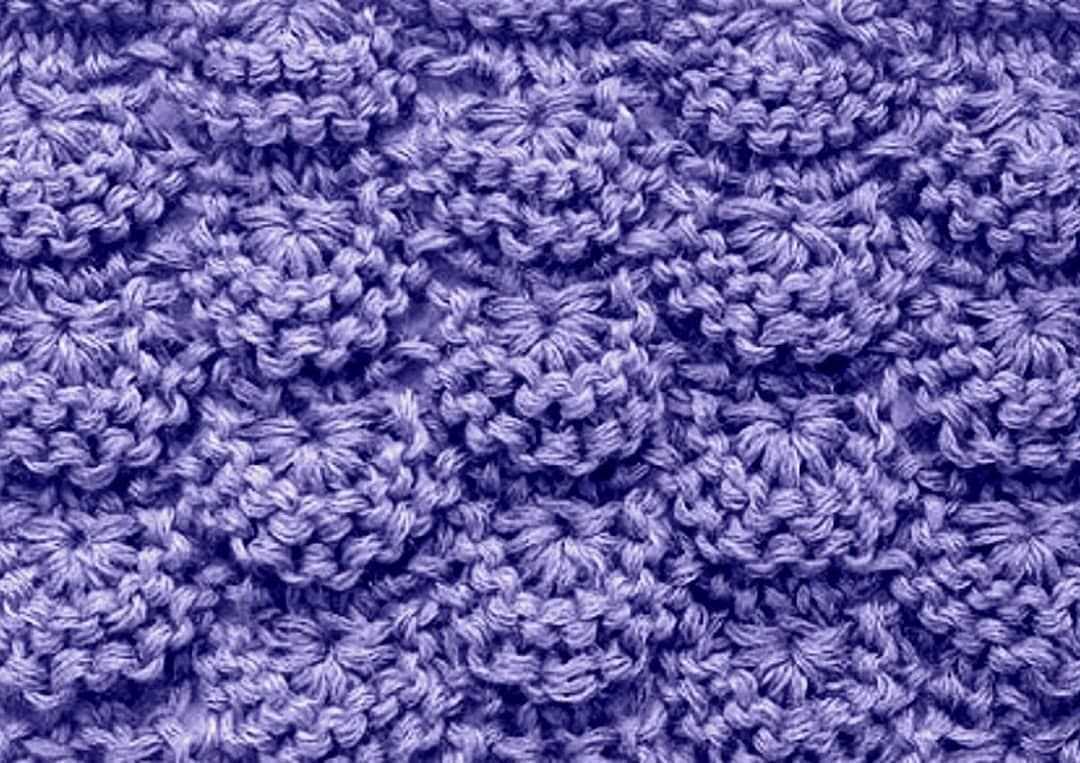
Knitting can provide comfort and warmth to premature babies in the NICU, and many hospitals and organizations accept donations of knitted items for their tiny patients. However, knitting in the NICU environment can present unique challenges. Here are some tips to ensure your knitting experience in the NICU is successful and beneficial:
- Choose appropriate yarn: When knitting for premature babies, it’s important to select soft, hypoallergenic yarn that is gentle on their delicate skin. Avoid yarns with loose fibers or rough texture that could potentially irritate the baby.
- Practice good hygiene: Before entering the NICU, make sure to thoroughly wash your hands and sanitize your knitting needles and materials. Premature babies have weaker immune systems, so it’s crucial to minimize the risk of introducing any germs or bacteria into the environment.
- Keep it simple: Stick to simple knitting patterns that don’t require a lot of concentration or complex techniques. The NICU can be a busy and noisy environment, so choose patterns that you can easily work on without distractions.
- Size matters: Consider the size of the knitted items you are making. Premature babies are typically much smaller than full-term babies, so aim for smaller sizes. Knitting patterns specifically designed for preemies are readily available and can guide you in creating the right sizes.
- Avoid loose ends: Make sure to securely weave in any loose ends of yarn to prevent the baby from pulling on them or accidentally ingesting them. Loose ends can also pose a choking hazard, so it’s essential to ensure all ends are safely tucked away.
- Coordinate with the hospital: Before donating your knitted items, reach out to the hospital or organization you intend to donate to. They may have specific guidelines or preferences for knitted items for the NICU, such as specific colors or patterns. Coordinating with them can ensure that your donations are most helpful and appreciated.
By following these tips, knitting in the NICU environment can be a rewarding experience both for the knitter and the babies who receive the warm and comforting hand-made items. The smallest gestures can make a big difference in the lives of these fragile infants, and your knitted creations can bring them comfort during their time in the NICU.
How to donate knitted items to NICU units
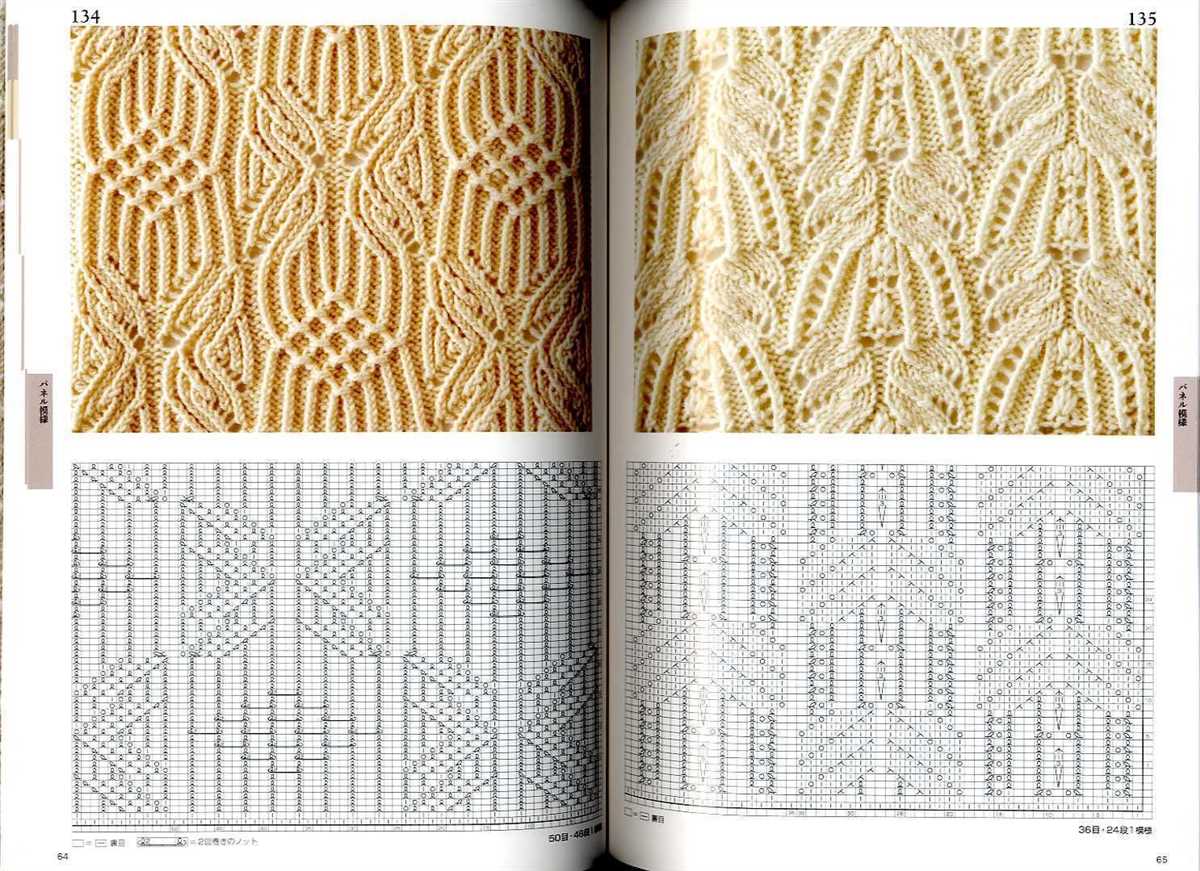
Donating knitted items to NICU (Neonatal Intensive Care Unit) units is a wonderful way to contribute to the well-being of premature babies and their families. Handmade knitted items, such as hats, booties, blankets, and clothes, can provide comfort and warmth to these tiny patients during their stay in the hospital. If you are interested in donating your knitted creations to NICU units, here are some steps to guide you:
1. Research local NICU units:
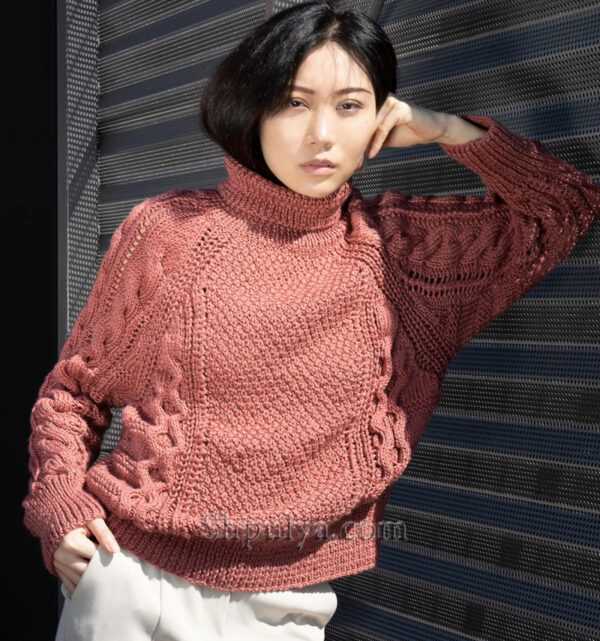
Start by researching the NICU units in your local area. Contact the hospitals and medical facilities to inquire about their donation policies and any specific needs they may have. Some hospitals may have guidelines regarding the types of materials, sizes, and styles they can accept, so it’s important to get this information beforehand.
2. Choose suitable patterns and materials:
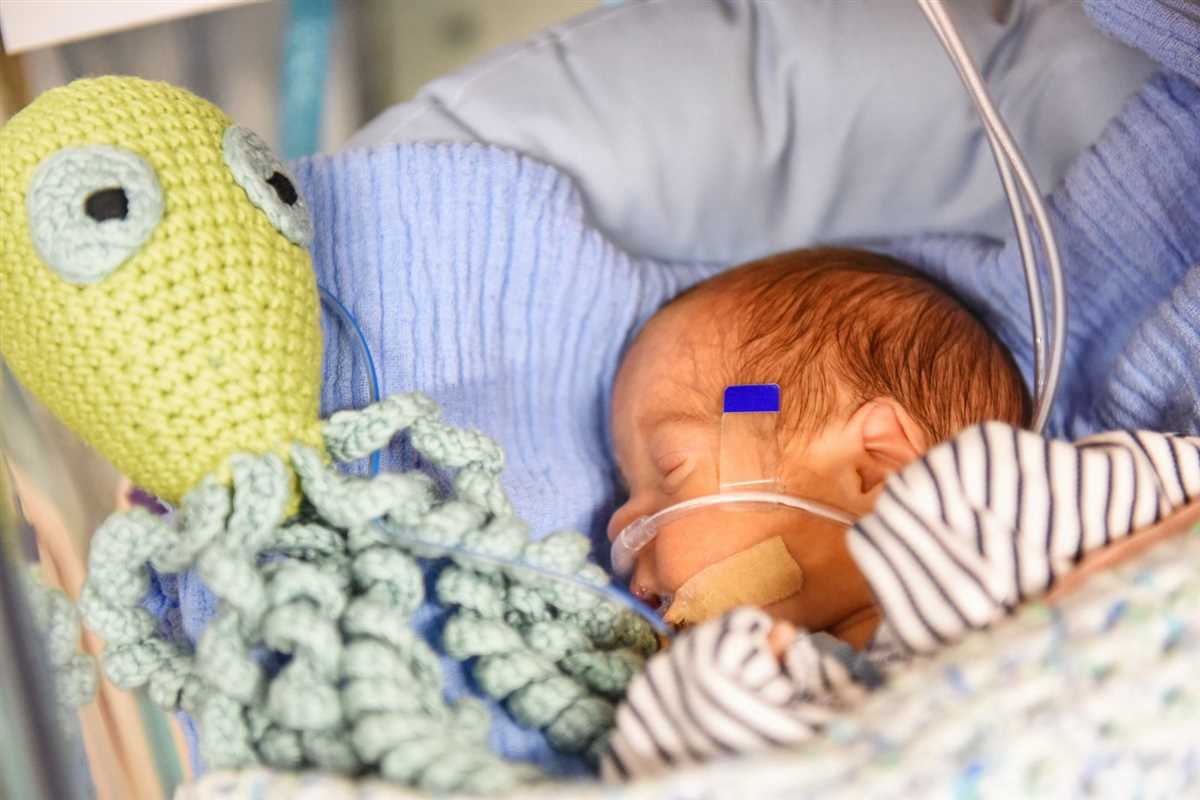
When knitting items for NICU units, it’s important to choose patterns that are suitable for premature babies. Look for patterns specifically designed for preemies, as they will typically be smaller and have special considerations for delicate skin. Additionally, select soft and hypoallergenic yarns that are gentle on sensitive skin.
3. Follow hospital guidelines:
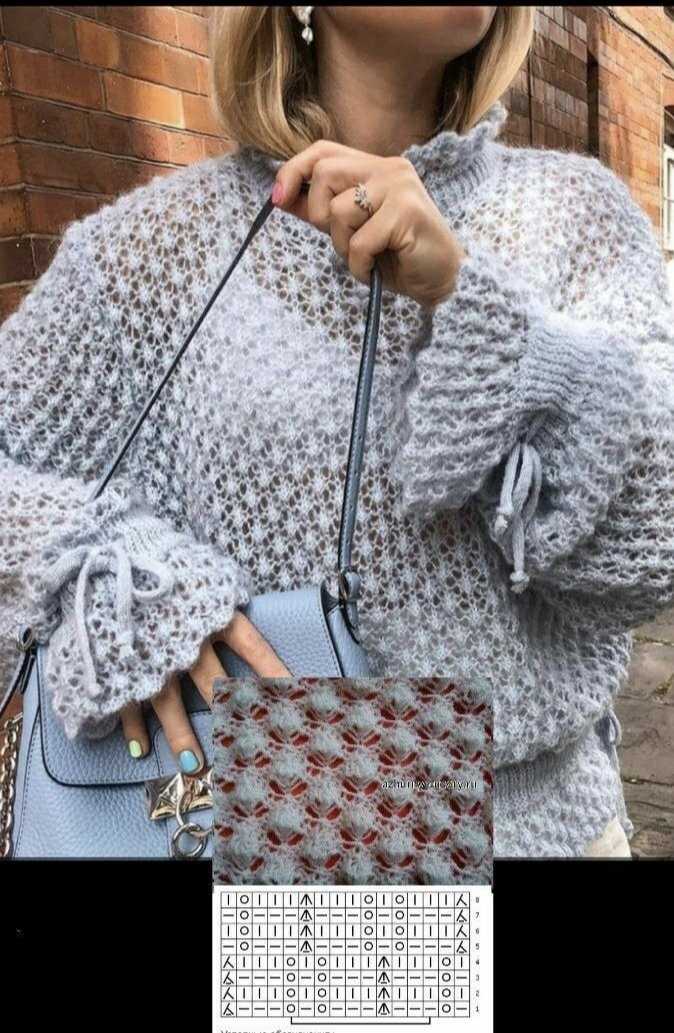
Once you have selected your patterns and materials, ensure that you follow any guidelines provided by the hospital or NICU unit. These guidelines may include specific instructions for washing and sanitizing the knitted items before donation to maintain a sterile environment for the babies.
4. Deliver the donations:
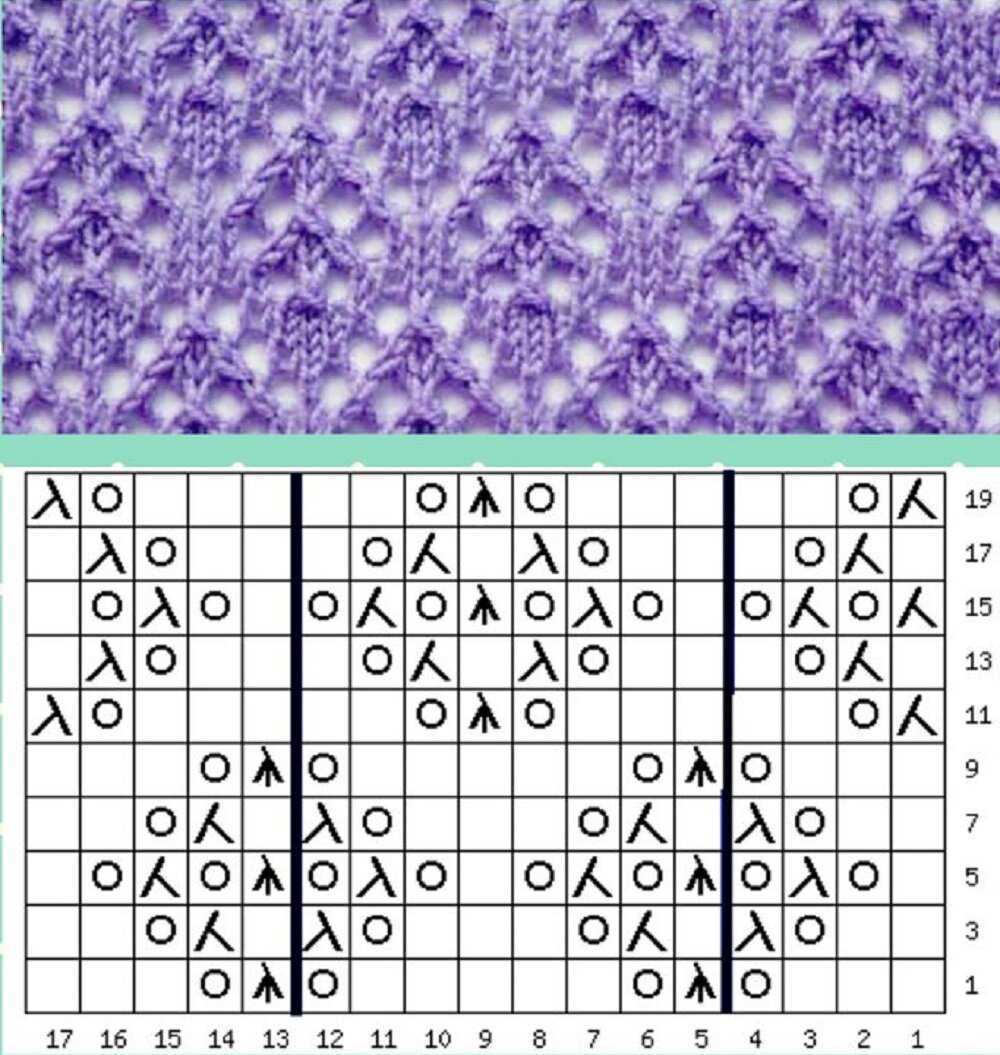
Once your knitted items are ready, contact the NICU units to arrange a suitable time for delivering the donations. Some hospitals may have designated drop-off points or specific personnel to receive donations. Make sure to provide any necessary documentation or information requested by the hospital.
By donating your knitted items to NICU units, you can make a positive impact on the lives of premature babies and their families. Your handmade creations will not only provide warmth and comfort but also serve as a symbol of care and support during a challenging time.
Success stories of NICU knitters
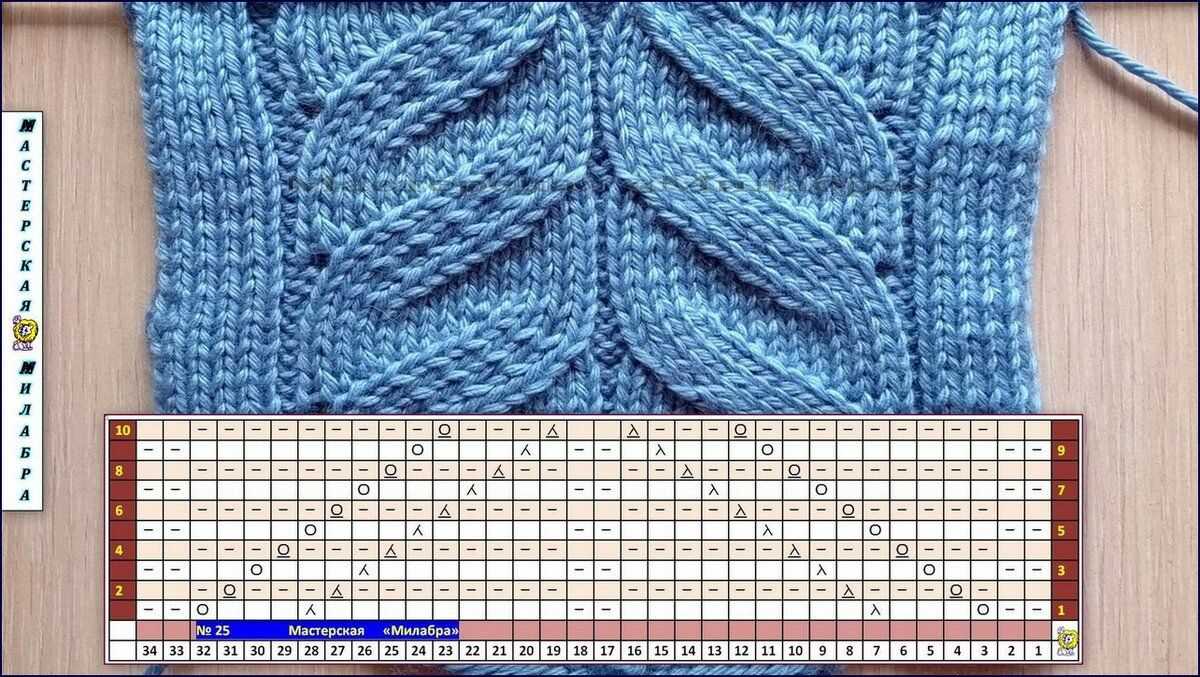
NICU knitters are a group of dedicated volunteers who spend their time knitting special items for babies in the neonatal intensive care unit (NICU). These volunteers often have personal experiences with the NICU and understand the challenges and hardships that families face during this difficult time. Their handcrafted items provide warmth, comfort, and a sense of love to the tiny babies and their families.
One success story comes from Jane, a NICU knitter who knitted a special premature baby hat for a newborn girl named Emily. Emily was born at just 28 weeks gestation and weighed only 2 pounds. The hospital staff was amazed at the quality and attention to detail in the hat, and they immediately placed it on Emily’s head. The hat not only kept her tiny head warm but also gave a personal touch to her otherwise sterile environment. It brought tears to the eyes of Emily’s parents, who knew that someone had taken the time to create something special just for their daughter.
Another success story is about Tom, a retired grandfather who started knitting after his grandson spent three months in the NICU. Inspired by the care and support his family received, Tom decided to give back by knitting blankets for other NICU babies. His blankets quickly became a favorite among the nurses and parents as they were not only beautifully designed but also made with soft and cozy yarn. Tom’s dedication to knitting for the NICU not only provided comfort for the babies but also inspired other community members to get involved.
- One mother shared her success story, expressing her gratitude for the handmade booties that her premature son received in the NICU. She mentioned that the booties were a constant reminder of the love and care that surrounded her and her baby during their NICU journey. She wrote a heartfelt letter to the NICU knitters, thanking them for their selflessness and the impact they made on her family’s life.
- Another success story involves a nurse who witnessed the positive effects of NICU knitted items on the babies and their families. She decided to start a knitting group within the hospital to encourage other nurses and staff to use their creative skills for a good cause. The group not only provided comfort to the babies but also formed a sense of community within the hospital, as members shared knitting techniques and stories of their NICU experiences.
In conclusion, the success stories of NICU knitters highlight the profound impact their handcrafted items have on the lives of premature babies and their families. These volunteers dedicate their time and skills to create personalized items that provide warmth, comfort, and a sense of love in the sometimes daunting environment of the NICU. Their efforts not only make a difference in the lives of individual babies but also foster a sense of community and support within the hospital setting.
Resources and Websites for NICU Knitting Patterns
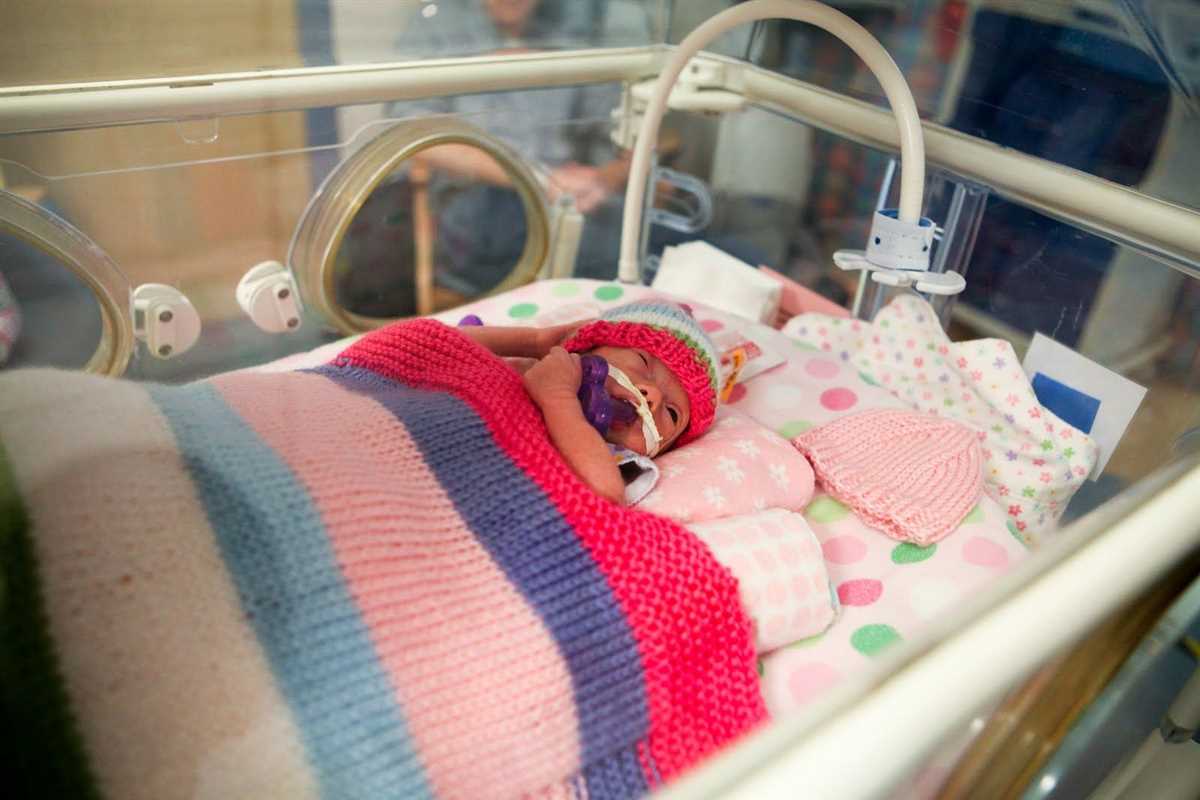
Finding knitting patterns for premature babies can be a challenge, but there are several resources and websites available that offer a wide variety of patterns specifically designed for the NICU. These patterns are typically designed to be quick and easy to knit, using soft, gentle yarns that are suitable for delicate skin.
1. Ravelry: Ravelry is an online community for knitters and crocheters, and it offers a great selection of NICU knitting patterns. Users can search for patterns by specific criteria such as size, yarn weight, or difficulty level. Many of the patterns on Ravelry are available for free, although some may require a small fee or membership to access.
2. LoveCrafts: LoveCrafts is an online marketplace for all things craft-related, including knitting patterns. They have a dedicated section for NICU knitting patterns, which can be filtered by size, difficulty level, and type of garment. LoveCrafts also offers a variety of yarns suitable for premature babies.
3. Project Linus: Project Linus is a charitable organization that provides handmade blankets and other items to children in need, including those in NICUs. Their website offers a collection of knitting patterns specifically designed for premature babies. These patterns include blankets, hats, booties, and more.
4. Charity Knitting for Preemies: Charity Knitting for Preemies is a website dedicated to providing resources and patterns for knitters who want to donate their creations to premature babies. They offer a variety of free knitting patterns, as well as tips and advice for knitting for the NICU.
5. Local hospitals and support groups: Some local hospitals and support groups may provide their own knitting patterns for NICU items. Reach out to your local NICU or neonatal care unit to see if they have any specific requirements or recommendations for knitting patterns.
In conclusion, there are many resources and websites available that offer knitting patterns specifically designed for premature babies in the NICU. Whether you’re looking for free patterns or willing to pay for more detailed designs, these resources can help you find the perfect pattern to knit for a NICU baby in need.